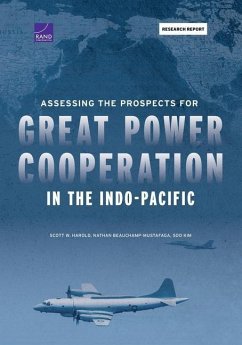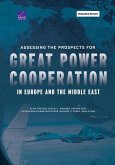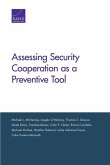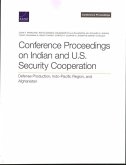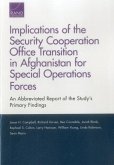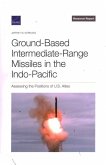Can the United States find ways to cooperate with China or Russia in the Indo-Pacific, either to temper geopolitical rivalry or as a strategy to use cooperation with one of the two countries as an advantage against the other? Using official U.S., Chinese, and Russian policy documents, leadership statements, and other sources, the authors of this report assess the prospects for great power cooperation on seven issues: securing a free and open Indo-Pacific, ensuring the defense of key allies and partners, expanding cooperation with new partners in Southeast Asia, ensuring peace in the Taiwan Strait, achieving the denuclearization of North Korea, countering terrorism, and deepening U.S. geostrategic ties with India. The authors find that, because of the divergence in the three countries' strategic views and policy goals, there is little room for U.S. cooperation with China or Russia in the Indo-Pacific. This implies that cooperation in order to tamp down competitive pressures or to drive wedges between Beijing and Moscow is an unpromising approach to managing ties or competition with these great powers. Instead, the United States will be better off focusing on preparations for long-term competition than striving to turn Beijing and Moscow against each other. This research was completed in September 2020, before the February 2022 Russian invasion of Ukraine and before the U.S. military withdrawal from Afghanistan in August 2021. It has not been subsequently revised.
Hinweis: Dieser Artikel kann nur an eine deutsche Lieferadresse ausgeliefert werden.
Hinweis: Dieser Artikel kann nur an eine deutsche Lieferadresse ausgeliefert werden.

